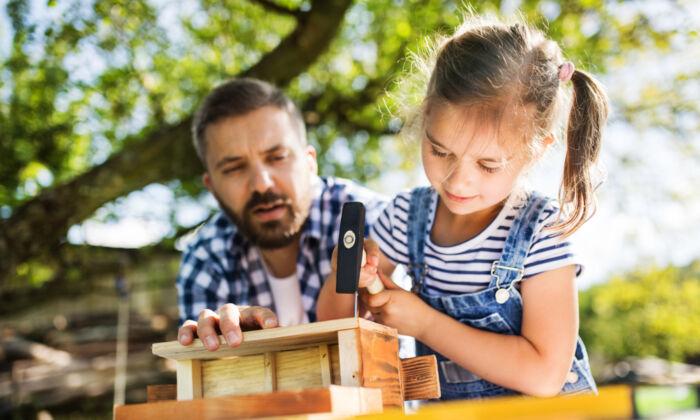What Is a Unit Study?
Simply put, a unit study is an in-depth exploration of a single topic, such as an animal, a foreign country, a sport, a landform, a historic event, or a holiday. You would then plan your unit around that topic, incorporating as many different subjects as possible. It’s sometimes puzzling to find a way to include mathematics, but language arts, science, history, geography, and fine arts usually fit well.As an introduction to your topic, it’s helpful to begin by reading aloud a book or two or watching an educational movie.
Let’s say, for example, that you choose the Grand Canyon as your topic. For language arts, your kids will learn vocabulary words, read books, complete themed journal prompts, and maybe write a story. For science lessons, they can learn about all the different varieties of plant and animal life that inhabit the canyon. Where is the Grand Canyon located? Which rivers and streams run through it? That’s geography. Read about its rich history. Look at paintings and read poems about this awesome natural wonder for fine arts. And for mathematics, compare the lengths of the various trails and make graphs comparing the number of visitors or the amount of rainfall per month.
Benefits of Using Unit Studies
The unit study approach is truly one of the best ways to engage your kids and allow them ample time to really immerse themselves in a topic. Feel free to spend a month on a topic or stretch it out as long as your kids are interested. When your kids don’t want to stop learning, that’s when you know you’re on to something big.Unit studies are easily adaptable and work well with multiple ages and different learning styles because you have the freedom to incorporate a variety of learning tools and activities such as hands-on projects, reading, mapmaking, arts and crafts, cooking, presentations, interactive websites, and field trips.
I like the way unit studies mimic real-life learning, allowing kids to dig in and explore on their own timetable and in the way they learn best.
And by using the unit study approach you can save time and money by teaching multiple kids at once.
Creating Your Own Unit Studies
Create your own unit studies based on the interests of your children. Giving your kids the freedom to choose the topics you study is empowering and motivating, and one of the best tools you have at your disposal. Using interest-led or delight-directed learning will help your kids retain more information and for longer periods of time.To create your unit study, brainstorm with your kids and choose a topic.
Now, make a book list. You can probably find everything you need at your local library. Choose a variety of materials such as fiction and nonfiction, biographies, photography books; for the younger ones pick some picture books, easy readers, and chapter books.
Then do a little digging online and make a list of free, interactive, and child-friendly websites. Many sites have games and quizzes to help reinforce concepts.
Work with your kids to plan some creative, hands-on projects, activities, and games. Plan field trips and look online for any related virtual field trips.
You can set a predetermined length of time for your unit study, but usually it’s best to play it by ear.
Summer Learning at Its Best
Even though the unit study approach can be quite freeing, you may not quite be ready to give up the comfort of a guided curriculum. And that’s OK. I wasn’t either. So, what’s the next best thing? Have a unit study summer.I’ve loved France for decades, and one day I hope to visit. So one summer, we immersed ourselves in the culture—we learned basic vocabulary and conversational phrases, prepared some recipes, watched movies and read books, studied a few French artists, compared and contrasted the different regions, and visited the Louvre Museum, the Eiffel Tower, the Champs-Élysées, and other landmarks, all virtually.






Friends Read Free